- Joined
- Sep 2, 2003
- Messages
- 34,544
- Reaction score
- 7,570
- Location
- In the mental ward of this forum
- Can others edit my Photos
- Photos NOT OK to edit
Thanks to Matt Needham for the thread suggestion. :thumbup:
Okay, fellow darkroom enthusiasts .we all come into this with varying levels of experience and expertise. Some of us are better at asking questions than answering them.
In an effort to address everyones style, lets use this thread for film developing issues only. How you develop, different developers youve tried, associated times, temperatures share your knowledge!
And wed love to see results posted, good or bad.
Have at it!
Okay, fellow darkroom enthusiasts .we all come into this with varying levels of experience and expertise. Some of us are better at asking questions than answering them.
In an effort to address everyones style, lets use this thread for film developing issues only. How you develop, different developers youve tried, associated times, temperatures share your knowledge!
And wed love to see results posted, good or bad.
Have at it!


![[No title]](/data/xfmg/thumbnail/42/42056-76026251cb5ebb85b4a4d281d36121d8.jpg?1619739992)
![[No title]](/data/xfmg/thumbnail/39/39498-362f11d9bfd0d9e222faa85b38801745.jpg?1619739056)
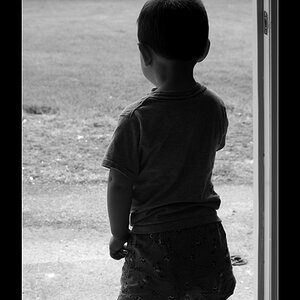
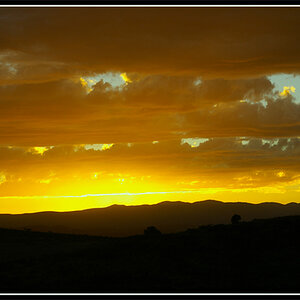

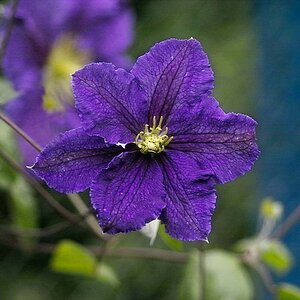

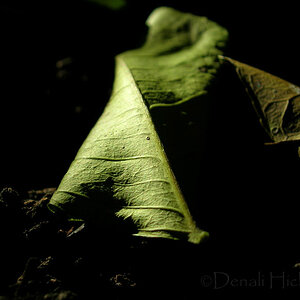
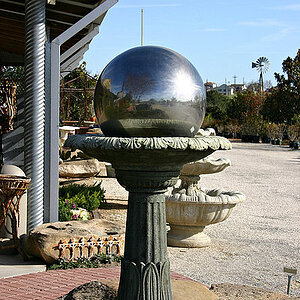
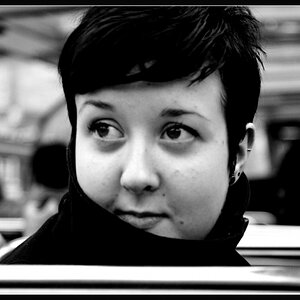
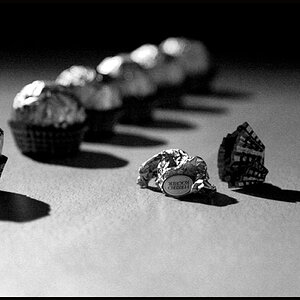
![[No title]](/data/xfmg/thumbnail/42/42057-1509913128bb1db2bc11235c05832fd4.jpg?1619739993)